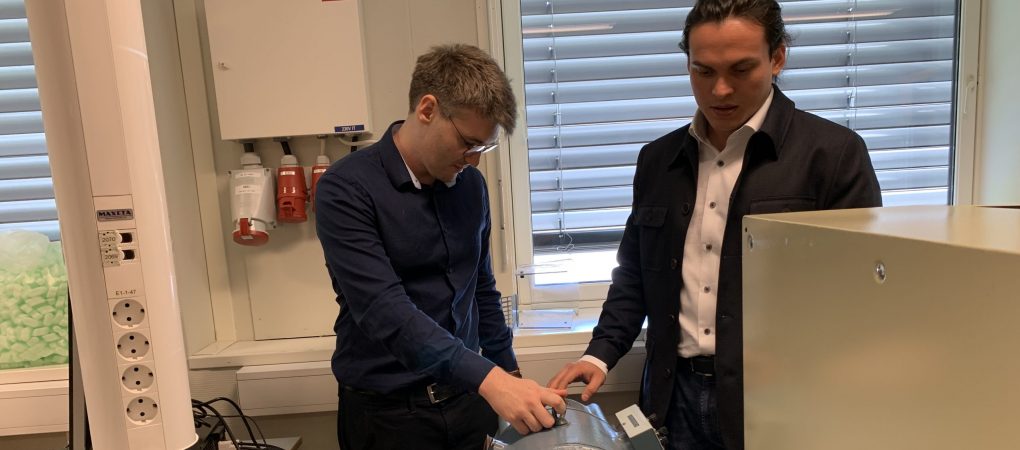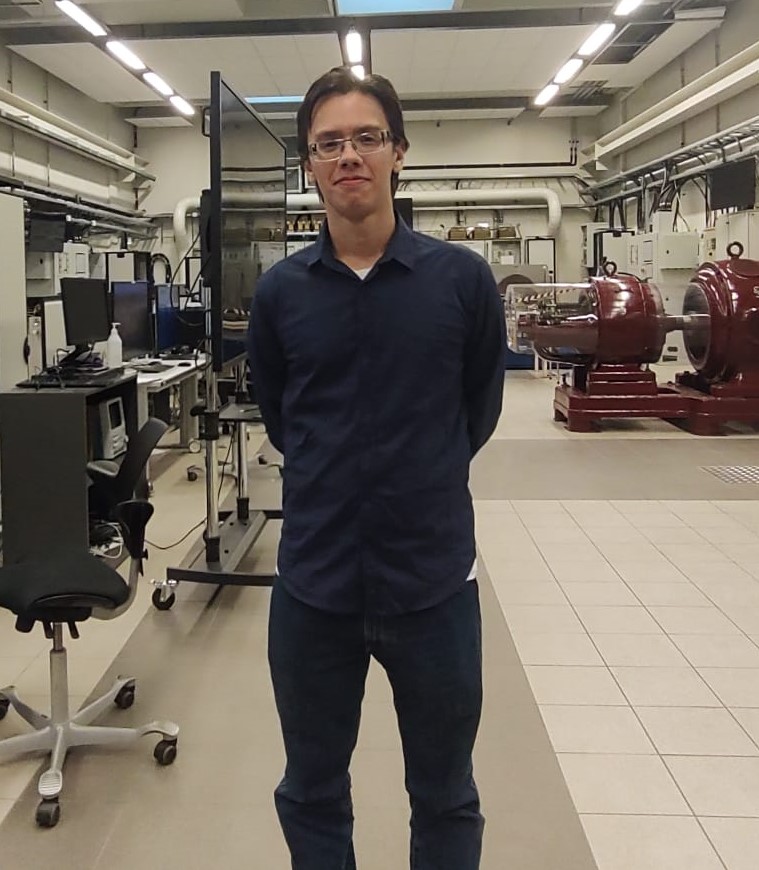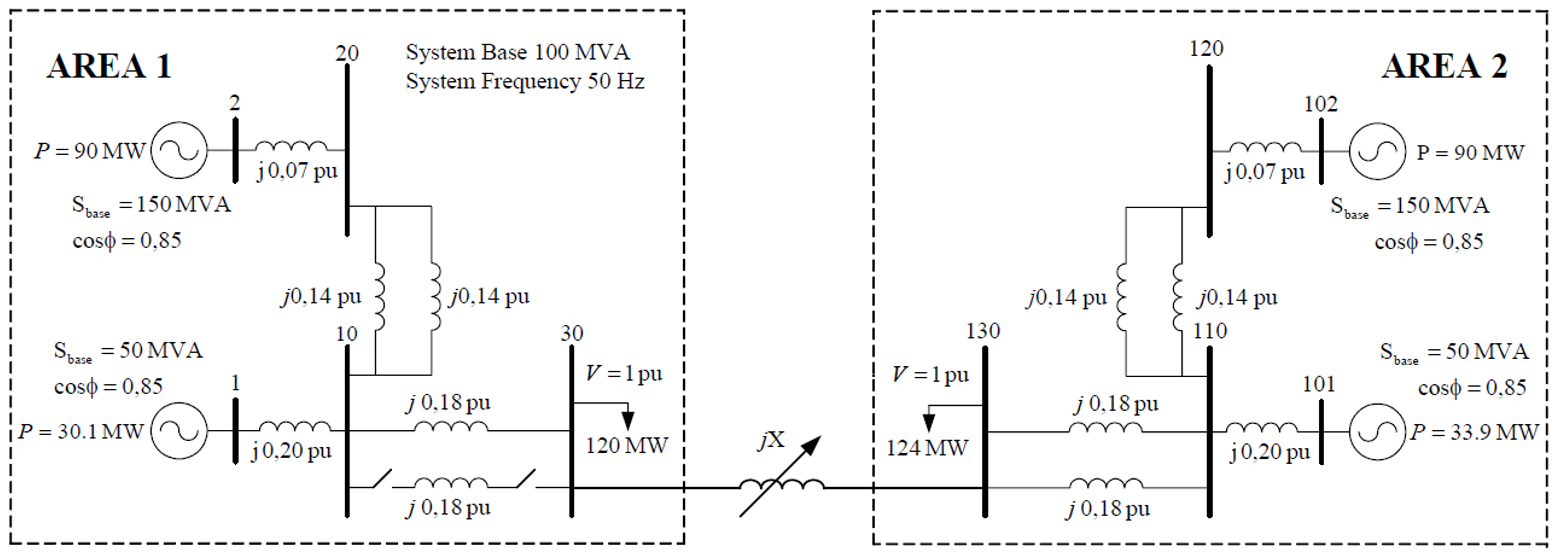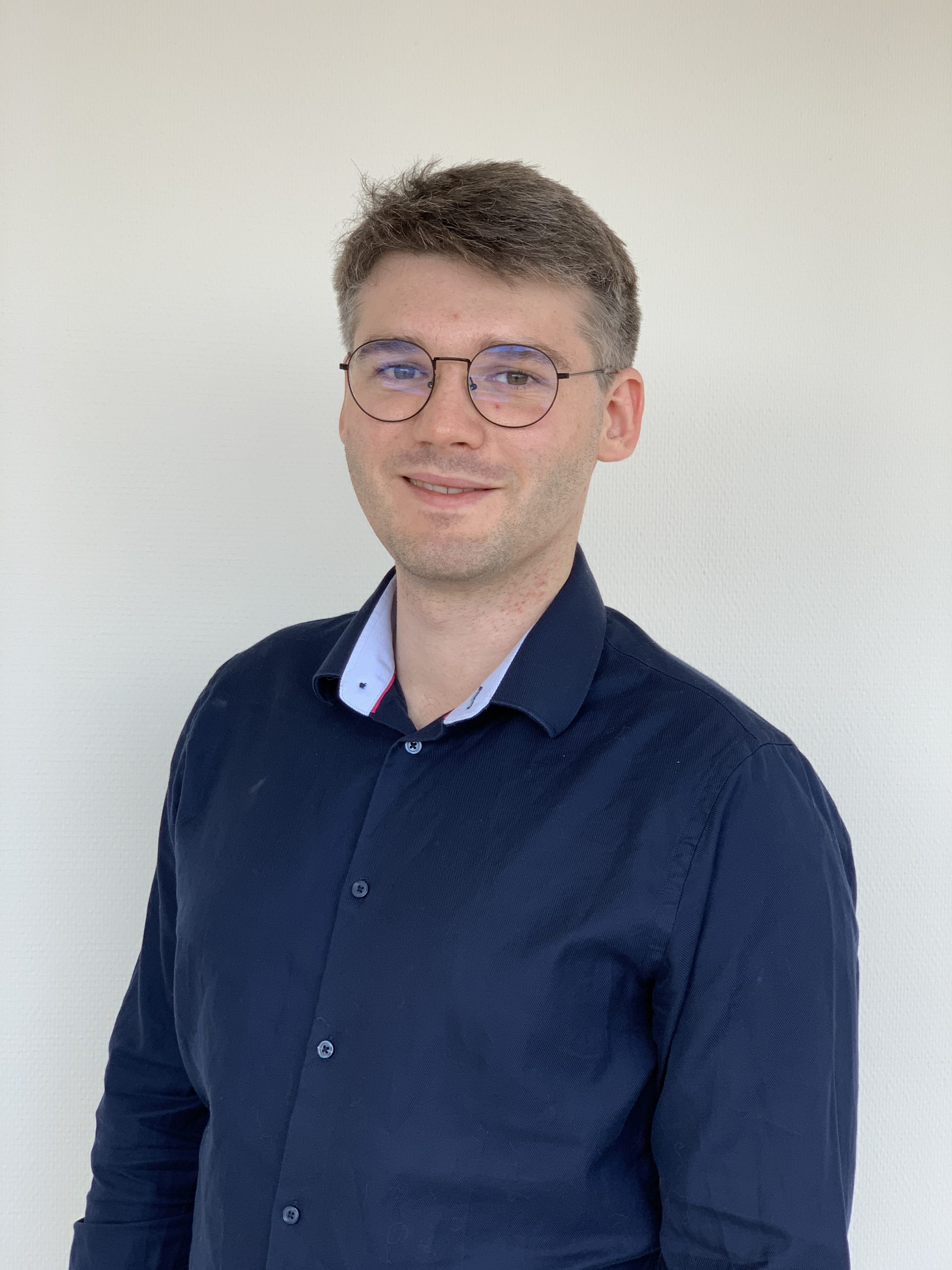Latest updates – “The project starts to gain momentum”

The project is starting to get momentum. The Ph.D. students Dany (USN), Emil (USN), and Hugo (NTNU) working in SYSOPT are here giving an update on their work in Work Package 1 and Work Package 2. BREAKING!: We are now releasing our first SYSOPT’s newsletter, so make sure to subscribe by clicking here.
Moreover, this summer Kjetil Uhlen (leader of Work Package 2) held a presentation to the IEEE Power & Energy Society (PES), which was recorded and can be seen here. SYSOPT was presented for the IEEE PES audience.
Ph.D. progress: Dany (Work Package 1)
A hydropower digital twin is a concept where hydropower systems in all stages are modeled, controlled, and optimized in real-time through the application of Artificial Intelligence, Machine Learning, Big Data, and cloud technologies. The purpose is to improve hydropower efficiency, optimize asset life cycle, and minimize losses while maximizing profits. The hydropower digital twin concept can be extended to include systems such as power grids and waterways.
Currently, the focus is on developing a thermal model that is sufficiently accurate for real-time predictions of rotor and stator copper temperatures. Moreover, having accurate models for an enhanced capability diagram to provide extra reactive power services. The enhanced capability diagram is viable due to the relatively large rotor and stator copper thermal time constants compared to the electrical time constants.
Therefore, two papers are in the pipeline. On the one hand, a review paper addresses a bottom-up survey of hydropower systems, starting from the generator, the power producer, and finally, the grid owner. The main goal is to describe an overview of how hydropower technologies can achieve variable renewable energy integration and the challenges of achieving that goal. On the other hand, a technical paper is being developed to address the thermal dynamics for different time windows. The main goal is to depict the thermal limits of the hydrogenerator at various time windows of operation in a suitable manner for the plant operator.
Finally, in a subsequent paper, the aim will be to build a more accurate thermal model for real-time operation using surrogate modeling.

Ph.D. progress: Hugo (Work Package 2)
SYSOPT Work Package 2 is mostly concerned with the grid owners’ perspective of the problems surrounding optimization solutions for more efficient system services. It aims to ensure that the needs of the system operator partners are addressed in the final hybrid control design.
The main points of research interest are strategies for reactive power management, minimization of grid losses, and security of supply. To this end, Ph.D. work is being conducted on coordinated voltage control methods, more specifically on secondary voltage regulation (SVR) schemes, suitable for real-time applications. The work is divided into three stages: conceptualization and acquisition of expertise on SVR structures; development via modeling and simulation of case studies using test systems of interest; and validation of findings by small-scale experimental assessments to be carried out at NTNU’s National Smart Grid Laboratory (NSGL).

At the current stage, the impact of SVR on multiple-area power grids is being investigated through test systems such as the one shown in Figure 1. Grid models and controllers are being developed in Python.

Preliminary results show that the strength of the area interconnection – modified via the variable tie-line reactance – plays an important role in the system behavior post-contingency (line outage between buses 10-30, in this case). The SVR scheme successfully maintains voltage levels of specific (pilot) nodes at the desired setpoint values in each control area, whilst ensuring a fair division of steady-state reactive power contributions by generators. However, it presents drawbacks related to the increase in grid losses and the possibility of adverse interactions between power plant controllers. Given the opposing nature of control objectives, a satisfactory trade-off must be sought.
Research work in this regard is expected to progress with more complex test systems, which better represent the particularities of the Nordic power grid.
Ph.D. progress: Emil (Work Package 1)
In an energy mix with an increasing amount of wind and solar power, the available and flexible power production from hydropower will be necessary to maintain the power system’s energy balance. Hydropower can be an excellent enabler for integrating other renewable sources into the power system. However, traditional power plant controllers are not designed for optimal operation during variable loading. In addition, rapid changes in the energy flow magnitude and direction bring challenges to both the voltage levels and electrical frequency. Modern control techniques in hydropower plants can be applied together with power digital twin models to allow for better grid security and more efficient operation. The main goal of this Ph.D. is to explore and propose control mechanisms in hydropower systems related to the flexible operation of hydropower systems.
A property sought in this work is for the controllers to be adaptive, meaning that controller behavior may change depending on the state of the power grid. There is a need for robust and fast simulation models of the hydropower plant and grid, together with intelligent and autonomous decision-making. The proposed control method investigated in this research is called Reinforcement Learning and is based on artificial intelligence.
Currently, reinforcement learning has been utilized in SYSOPT to increase a hydropower generator’s efficiency in a simulation environment. It will be verified in the generator laboratory at USN in future work. Further investigation will be into more complex power systems with more consumers, where the coordination between several hydropower plants will be considered.
